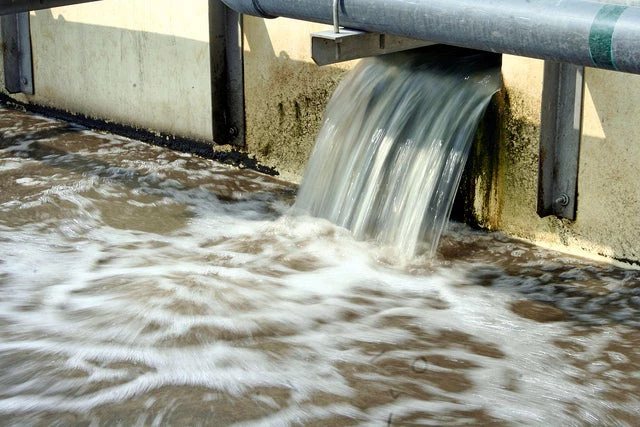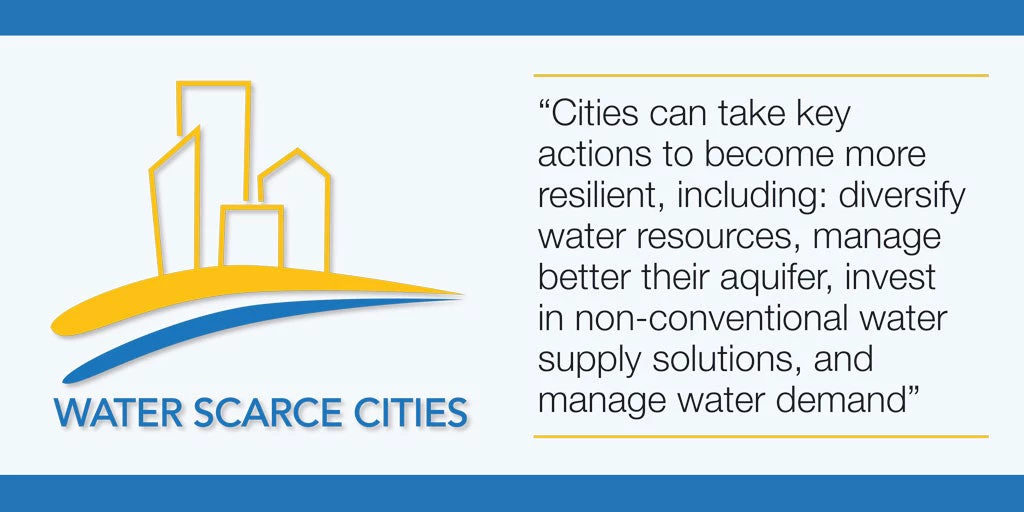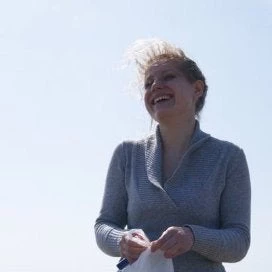
The theme of World Water Day 2017 is wastewater.
Globally, over 80% of the wastewater generated
by society flows back into the ecosystem
without being treated or reused.
Read the World Water Day Blog Series.
Marrakech, Morocco, 1950s: Situated 160 miles south of Casablanca, and 100 miles inland on the foothills of the Atlas Mountains, the Red City is being supplied as it has been for centuries with water through an intricate, self-sufficient network of “Khettaras” — man-made underground tunnels that captured runoff from the flanks of the Atlas. The city is now developing quickly, and gaining an international reputation for tourism. As water demand starts to outgrow traditional resources, utilities and farmers begin to tap into the local Tensift aquifer. By the 1970s, Marrakech soon relies almost exclusively on groundwater.
Fast forward 30 years into the 1990s: The city has become a booming luxury holiday destination, hosting 10 million tourists every year and poised to welcome the first World Water Forum. And yet, Marrakech is on the verge of a water crisis. The national water provider ONEE is struggling to keep up with the surging water demand: the utility's last Khettara has long dried up, and the aquifer yields have collapsed. Marrakech needs to look further and further away for surface water from other basins, sometimes hundreds of kilometers away. Tension is mounting with farmers and other cities when water is not sufficient to cater for everyone’s demand. Meanwhile, around 20 golf resort projects are pending approval by the Marrakech city authorities, the combined water use of which would represent a third of Marrakech's water consumption.
Such is the dilemma that the city has to contend with in the late 1990s; and yet, two decades later, Marrakech is thriving. How did they do it?
Two decisions helped Marrakech become more water resilient — thanks, in part, to wastewater:
- Investing in non-conventional solutions: Marrakech was able to negotiate with golf resort developers and the tourism industry and made them understand that it was in everyone's interest to manage water sustainably. As a result, the city turned to wastewater treatment and reuse for the water supply of the golf resorts. Political support, particularly from the central government of Morocco, was instrumental in backing this approach. The wastewater treatment plant (including tertiary treatment) and transmission systems to the resorts became operational in 2012. Promoters of the golf resort projects signed bilateral conventions with the utility under the authority of the regional governor, each indicating the estimated volumes of water needed. In order to deter the resorts from tapping into the aquifer as a more economic option, the conventions stipulated that resorts would be billed for at least 80% of the volume requested at the onset of the project, regardless of the actual consumption.
- Plugging the leaks before you fill the tub: In the early 2000s, Marrakech's water service provider RADEEMA faced high losses, losing close to 40% of the water put into the city's water system. The national bulk water provider, ONEE, stipulated that RADEEMA should start addressing this issue as a condition to maintaining its water allocation level. RADEEMA took strong measures to curb losses, bringing them down to a current level of 27% and aiming for a target of 20% in the longer term.
Challenges still remain high for Marrakech, as climate change has started to affect surface water availability, increasing competition for water resources with other users including farmers; low groundwater quantity and quality also remain a concern. Marrakech, in partnership with the World Bank and with support from the Water Partnership Program, is looking at options to diversify its water sources by adopting non-conventional solutions, such as stormwater capture, and studying the possibility of enhancing groundwater management by artificially recharging the aquifer with stormwater or possibly treated wastewater. Furthermore, the River Basin authorities are also working on a participatory groundwater management contract, with the potential to help improve groundwater management in the long-term.
The World Bank is undertaking the Water Scarce Cities Initiative, which aims to promote best practices approaches to urban water security and resilience in a context of water scarcity. Marrakech is one of the examples we are looking at, which highlights four of the key actions cities can take to become more resilient: diversify water resources, manage better their aquifer, invest in non-conventional solutions, and manage water demand.
Learn more about the Water Scarce Initiative here and about the Marrakech case study here.




Join the Conversation
Sustainable Water Resources Management is an initiative applicable to all water uses.
very inspiring story of recycling waste water.
Very interesting case. A discussion on pricing as a means to manage water demand would be welcome. High end tourism can probably afford to pay he long-run marginal cost of water.